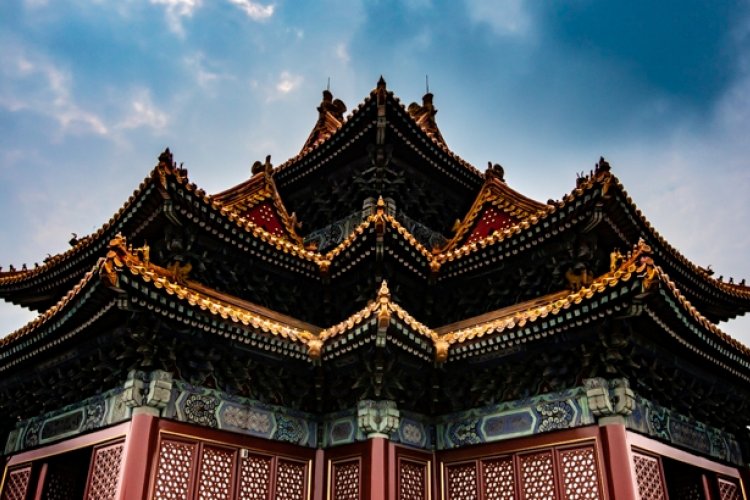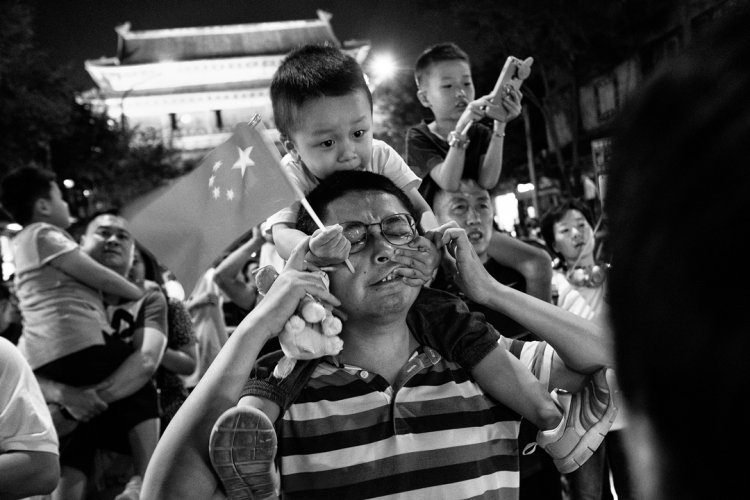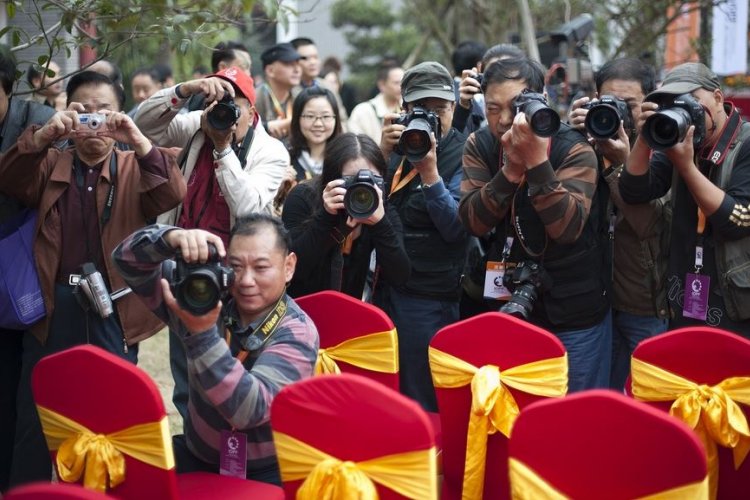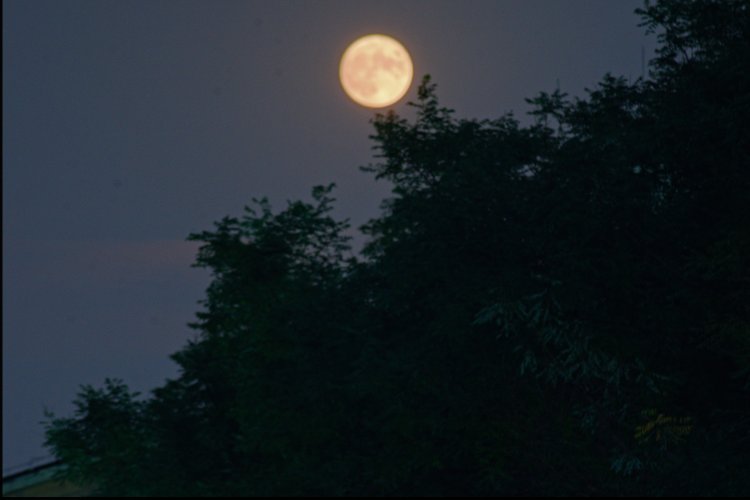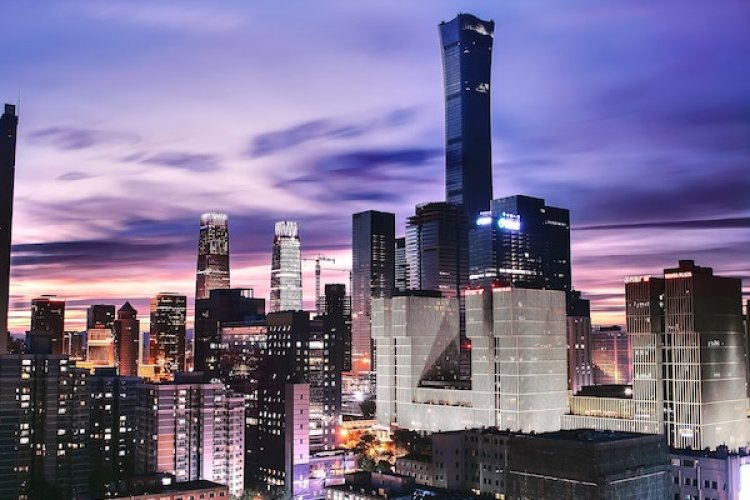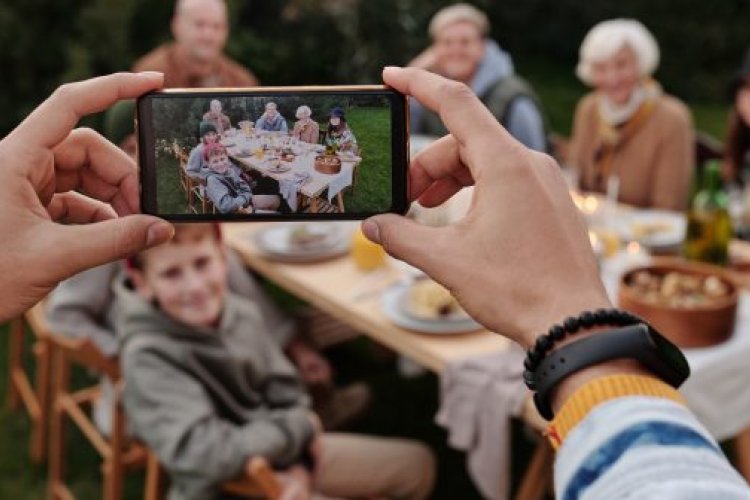A Photojournalist’s Take on Beijing
Janek Zdzarski has three generations of photographers in his family, so he says with a wink that he had no choice but to become one himself. His eye for unusual angles and fleeting frames gives us a chance to see Beijing in a new, starkly beautiful light. A new exhibit called “Illusive Moments” (part of Caochangdi PhotoSpring) gives us a peek at his photos and videos capturing our easy-to-love-and-hate city. Read on as he talks about the dangers of photojournalism, why Beijing’s perfect for photographers and how the sounds of the city soothed him on his sickbed.
When and why did you start photographing Beijing?
I first came here in 2001 with a backpack and a camera. At that time I was a student of journalism at Warsaw University and was already taking pictures for magazines and newspapers in Poland. When I came to Beijing – a city so different from everything I've known before – it was natural for me to capture these landscapes and people with my camera.
Is Beijing a good stomping ground for photographers?
Beijing is a very good place to grow, as well as to meet world famous photographers. I discuss photography with my good friends Sim Chi Yin (from the VII mentor program, shooting mostly for the New York Times) and Sean Gallagher (freelancer, superb environmental photojournalist). I also learn a lot from another friend, Dan Chung from the Guardian.
Can you share a story or two about how you managed to capture your favorite photos?
For me, taking street pictures is as natural as driving a car. You don't constantly think about changing gears – you just do it. So none of these shots were difficult. I think one of my favorites is of the girl [pictured above]. I took it in 2006, close to where I live on Dawang Lu. I was walking with my wife Ola, and I saw that girl standing at the bus stop, and noticed something special in her expression. Even without looking through the viewfinder – I just pressed the button.
How do the people in your photographs respond when you take their pictures?
Many times they just don't care. Although I don't look Chinese, many locals seem not to care about another laowai with a camera. Plus there are so many cameras around. I like photographing in the winter though, when I can cover my blonde hair under a hood, wear sunglasses and pretend not to be a foreigner at all. Back in Poland, I worked for many years as a staff news photographer, and I learned to be quick. I see something and I shoot. The speed is crucial in some cases.
What can we expect at your exhibit?
It'll include photos, time lapses and videos, mixed together with ambient sound and music. Expect lots of smog. But as for now, I can only say it's a surprise – come and see it for yourselves!
Can you tell us more about your time lapse photos?
I live in the CBD area, so I'm most familiar with this part of town, and here is where I shoot most of my time lapses. The time span varies from a few hours to 2 days.
If you could never pick up another camera again, what would you resort to to capture your experiences of Beijing?
I can't imagine life without a camera, but if you insist, I'd say a sound recorder. The cacophony of the sounds here is often annoying, but after all it's amazing! In 2008 I was sick and had to spend 2 months in a hospital in Poland. When I missed Beijing I played the street sounds of Beijing that I'd found online (a recording by Chinese experimental sound artist Zafka, called “Yong He”).
What's the most dangerous photo you've ever taken? Was it worth it?
It was in 2000 in Prague, the anti-capitalist protests during the International Monetary Fund and World Bank summit. I was shooting the protesters throwing bricks at the police; the police were using tear gas, and my eyes were already hurt. Suddenly I noticed a big white van approaching me from the back. I only managed to make a slight step, heard the noise of breaking glass and realized that one of my cameras was on the ground. I immediately picked it up and started shooting, but then I found out it was totally destroyed. Unfortunately I didn't manage to take a picture of that van breaking through the cordon of the police. It was also quite dangerous when I was taking pictures of the Sichuan Earthquake aftermath ...
Be sure to catch the fruits of Zdzarski's labor at the exhibit, which opened yesterday and continues until May 18. Details below.
Illusive Moments
May 5-May 18
Free. Chaoyang Culture Center (8599 6011)
Photos: Janek Zdzarski
Related stories :
Comments
New comments are displayed first.Comments
![]() marilynmai
Submitted by Guest on Mon, 05/07/2012 - 13:05 Permalink
marilynmai
Submitted by Guest on Mon, 05/07/2012 - 13:05 Permalink
Change in Exhibit re: A Photojournalist's Take on Beijing
NB: The photographer contacted us the morning after this blog was posted with news that due to technical difficulties, the multimedia (time lapse and video) portion of the exhibit will not be shown.
You can, however, watch it on Vimeo. (You'll need a you-know-what. We'll let you know if a version gets posted this side of the GFW.)
You can still catch his photography at the exhibit.
Validate your mobile phone number to post comments.

